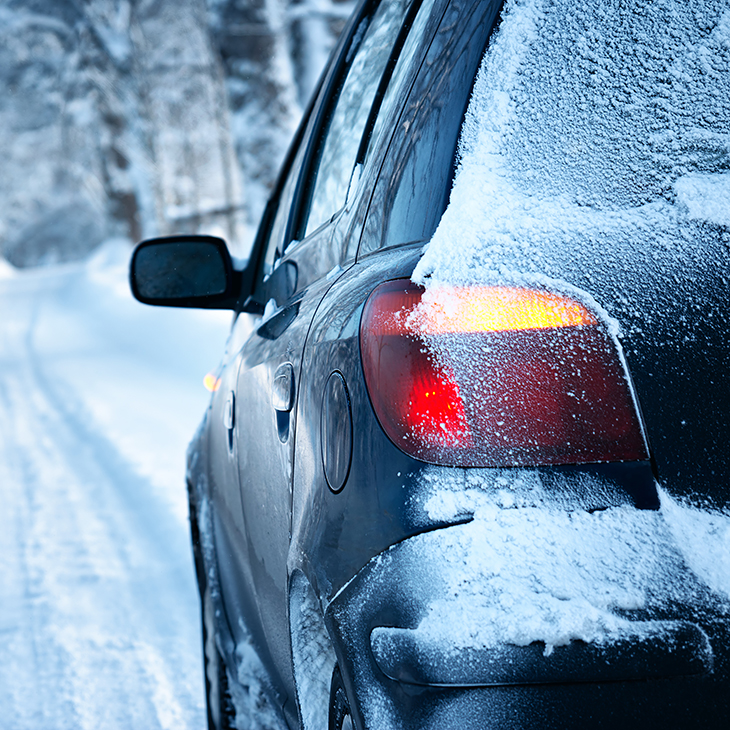
Be prepared while on the road in winter weather
Tuesday, February 4, 2020
When winter weather hits, your best bet is to stay warm and cozy in your home. However, there are times when you will have to be in your vehicle out on the road.
The Department of Transportation said 22 percent of all vehicle crashes in the United States, and 16 percent of the fatalities, are due to severe weather such as rain, snow, sleet and ice.
It is a good idea to prepare your car for treacherous conditions and extreme cold, said Gina Peek, Oklahoma State University Cooperative Extension housing and consumer specialist.
“When we’re experiencing harsh winter weather, it’s advisable to simply stay home. If you must get on the road, travel during daylight hours, and only if absolutely necessary,” Peek said. “Be sure to keep family members informed of your schedule and when you expect to arrive at your destination. Stay on main roads and avoid backroads or shortcuts. Finally, call or text your family once you have arrived.”
Be sure to top off all fluids in your vehicle, including antifreeze, windshield wiper fluid, gas and oil. Check the tread on your tires and replace them if necessary. In addition, keep bags of salt, sand or kitty litter in your car. In the event you become stuck, these can be used to melt ice and give your vehicle needed traction.
Before pulling out of your driveway, clear any snow from your headlights and taillights, as well as the windows and roof of the vehicle.
Keeping a cold-weather kit in your car is another good way to prepare to be on the roads in bad weather conditions. Include items such as a blanket or sleeping bag, gloves, non-perishable snacks, bottled water, folding shovel, first aid kit, flashlight and a cell phone charger.
“While it may be more convenient to keep these items stored in the trunk of your vehicle, they’ll be more easily accessible stored in a box in the back seat,” she said. “If you get stuck in the snow, your emergency supplies will be handy without having to get out of the car while waiting for help.”
If you end up trapped in your vehicle, stay inside. Rescuers are more likely to find you. Run the engine for about 10 minutes every hour. Motorists may need to exit the vehicle and clear any snow from around the exhaust pipe to reduce the risk of carbon monoxide poisoning.
“Obviously, staying home for the duration of winter isn’t possible, but when you do have to get out on the road, keep these safety tips in mind,” Peek said. “They might just save your life.”
MEDIA CONTACT: Trisha Gedon | Agricultural Communications Services | 405-744-3625 | trisha.gedon@okstate.edu
